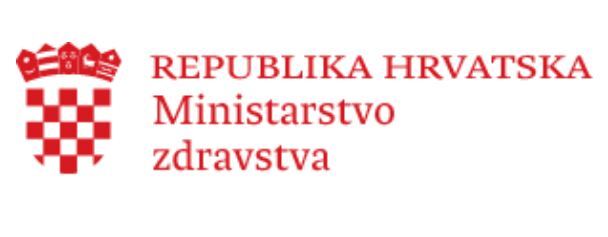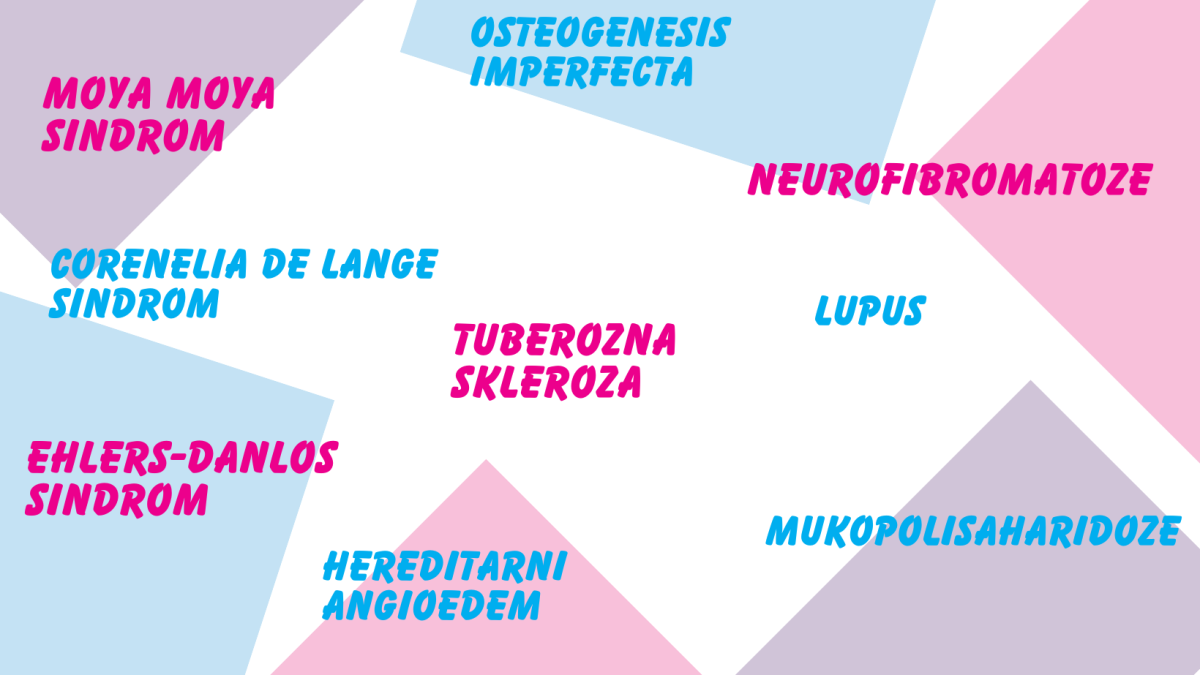Rare Disease Awareness Month
In May, we observe days dedicated to the following diagnoses: Moyamoya syndrome, osteogenesis imperfecta, Ehlers-Danlos syndrome, lupus, Cornelia de Lange syndrome, mucopolysaccharidoses, tuberous sclerosis, hereditary angioedema, and neurofibromatosis.
May is an opportunity for all of us to highlight the importance of these rare diagnoses and to support those who are affected by them. Through education, understanding, and solidarity, we can help improve the quality of life for patients and their families. Raising awareness can play a key role in earlier diagnosis, better care, and a higher standard of living for those living with these rare conditions.
May – Ehlers-Danlos Syndrome Awareness Month
Ehlers-Danlos Syndrome (EDS) refers to a group of inherited connective tissue disorders caused by defects in collagen, a key protein that provides strength and elasticity to tissues.
Symptoms vary, but the most common include joint hypermobility, pain and instability, thin, elastic, and fragile skin, and a tendency to bruise and scar easily.
In more severe cases, complications can involve blood vessels (such as aortic dissection and aneurysms), heart valves, the digestive system, and the spine.
EDS awareness month offers an opportunity to raise awareness about the challenges of living with this syndrome.

May 6 – World Moyamoya Disease Day
Moyamoya is a rare neurological disorder in which the blood vessels in the brain become narrowed or blocked, prompting the body to create tiny collateral vessels that resemble a "puff of smoke" on imaging.
It was first described by Japanese researchers in 1957.
Without treatment, it can lead to serious neurological complications, including strokes and even death. However, timely surgical intervention is highly effective.
Symptoms may include headaches, limb numbness, and ringing in the ears.
Treatment includes both conservative approaches and surgical procedures, such as stent placement.
World Moyamoya Disease Day is focused on raising awareness about this serious condition.
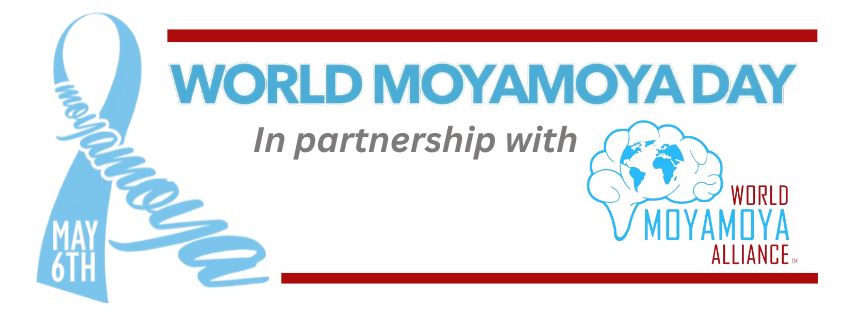
May 6–13 – Osteogenesis Imperfecta Awareness Week
Osteogenesis imperfecta, also known as “brittle bone disease,” causes bones to become extremely fragile and prone to fractures. The clinical presentation of the disease varies from mild to severe.
There are 8 types of OI, classified based on the mode of inheritance, signs, and symptoms.
Diagnosis is made through a detailed medical history, clinical examination, and various tests such as X-ray, DXA scans, bone biopsy, and genetic testing to confirm the diagnosis.
Prevention of fractures and bone deformities is essential for patients with OI. Orthopedic treatment must be tailored to each patient individually.
Pharmacotherapy primarily involves the use of bisphosphonates, which help prevent fractures and strengthen bone structure.
Osteogenesis Imperfecta Awareness Week aims to educate the public about the importance of early diagnosis and providing support for those affected by the disease.
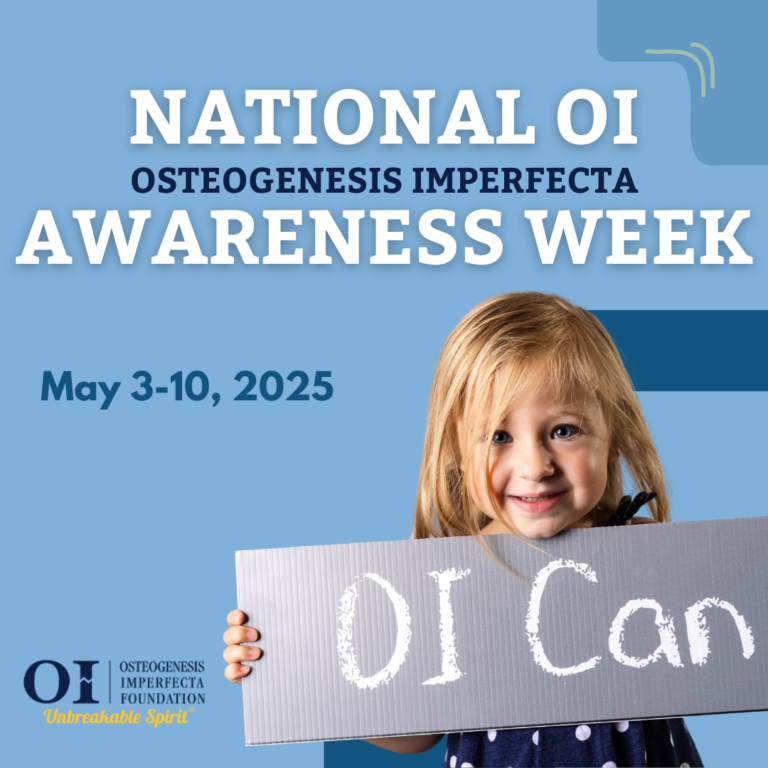
May 10 – World Lupus Awareness Day
Lupus, or systemic lupus erythematosus, is a chronic, multisystem inflammatory disease of likely autoimmune origin, most commonly affecting young women.
The leading symptoms include arthralgia and arthritis, rashes on the cheeks and other areas, pleuritis or pericarditis, kidney or central nervous system involvement, and cytopenia in the blood count.
Diagnosis is based on clinical and serological criteria.
Treatment of severe forms typically involves corticosteroids, often hydroxychloroquine, and sometimes immunosuppressants.
This day is dedicated to raising awareness about lupus, its symptoms, and the importance of early detection.
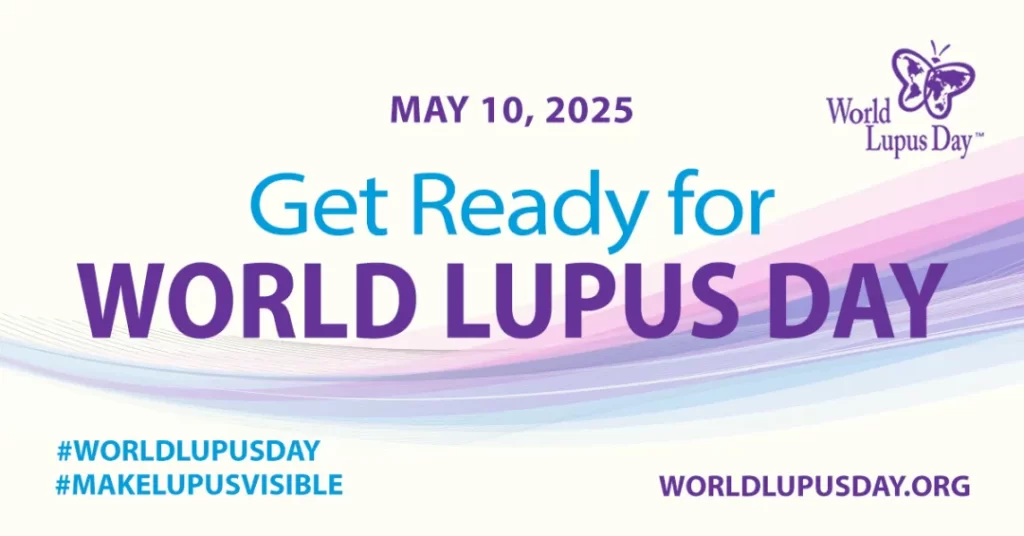
May 10 – World Cornelia de Lange Syndrome Awareness Day
Every year, on the second Saturday of May, we observe World Cornelia de Lange Syndrome Awareness Day, a rare genetic disorder that causes slow growth, intellectual disabilities, upper limb skeletal abnormalities, and issues such as muscle spasms, breathing difficulties, and epilepsy.
This day, symbolized by the color purple, aims to raise awareness about the syndrome, inform the public, and provide support to individuals with this rare genetic disorder and their families.
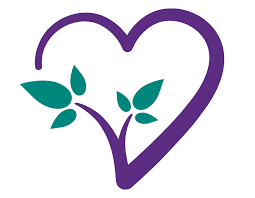
15. svibnja – Svjetski dan svjesnosti o mukopolisaharidozama
Mukopolisaharidoze su nasljedne, urođene metaboličke bolesti koje se razviju zbog nedostatne razgradnje mukopolisaharida (zvanih i glukozaminoglikani, GAG). To uzrokuje nakupljanje i taloženje u nekoliko tkiva tijela. Naslage utječu na kostur i izgled te uzrokuju postupni progresivni invaliditet. Simptomi bolesti i komplikacije razlikuju se ovisno o različitim mukopolisaharidozama. Neke vrste uzrokuju kašnjenje u razvoju i oštećenje mozga, druge obično ne. Mukopolisaharidoze spadaju u skupinu lizosomskih bolesti nakupljanja.
Svjetski dan svjesnosti o mukopolisaharidozama (MPS) posvećen je podizanju svijesti o ovim rijetkim genetskim bolestima i podršci obiteljima, te poticanju boljeg liječenja.
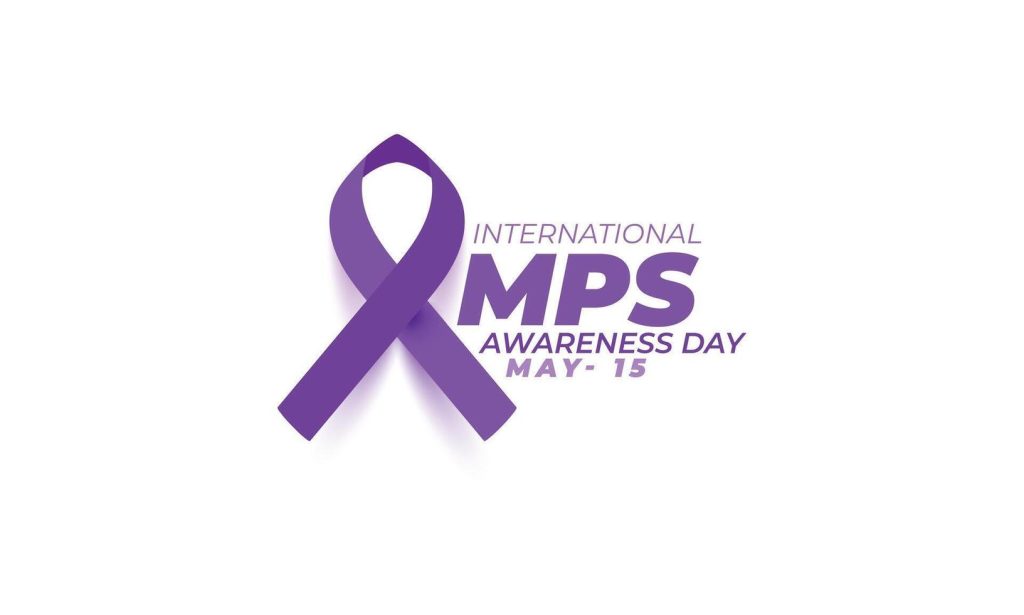
May 15 – World Mucopolysaccharidosis Awareness Day
Mucopolysaccharidoses (MPS) are inherited, congenital metabolic disorders that occur due to inadequate breakdown of mucopolysaccharides (also known as glycosaminoglycans, GAGs). This causes accumulation and deposition in several body tissues. The deposits affect the skeleton and appearance, leading to gradual progressive disability.
Symptoms and complications vary depending on the type of MPS. Some types cause developmental delays and brain damage, while others typically do not.
Mucopolysaccharidoses are classified as lysosomal storage diseases.
World MPS Awareness Day is dedicated to raising awareness about these rare genetic disorders, supporting families, and promoting better treatment options.
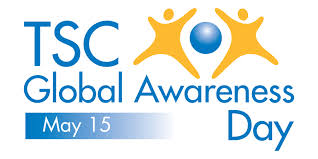
May 16 – World Hereditary Angioedema Awareness Day
Hereditarni angioedem je rijedak nasljedni poremećaj imunološkog sustava u kojemu nastaju otekline, najčešće u području lica, dišnih putova i probavnog trakta, koje mogu ugrožavati život. U hereditarnom angioedemu postoji manjak ili nepravilnost bjelančevine zvane C1 inhibitor, normalno prisutne u krvi. C1 inhibitor ima ulogu u kontroli sustava komplementa pa bez njega dolazi do prevelike aktivacije tog sustava što vodi stvaranju oteklina. Napade potiče trauma ili zarazne bolest, a može ih izazvati i emocionalni stres. Otekline su posebno opasne u grkljanu jer mogu dovesti do gušenja. Grčevi u trbuhu, proljevi i povraćanje izazvani su oteklinama crijeva i često vode nepotrebnim operacijama i odgađanjem dijagnoze. Prisutne su i deformacije lica zbog oteknuća. U liječenju se koristi C1 inhibitor, bilo zasebno ili iz svježe smrznuta plazme zdravog donora u čijoj se krvi normalno nalazi.
World Hereditary Angioedema Awareness Day on May 16 aims to raise awareness about this rare disease. On this day, the public is educated about the symptoms, challenges of living with the disease, and support for affected individuals and their families, while also encouraging research and development of better treatments.

May 17 – World Neurofibromatosis Awareness Day
Neurofibromatoses are genetic diseases caused by gene mutations, specifically autosomal dominant inherited conditions that predispose individuals to the development of changes in the nervous system, including benign tumors called neurofibromas and skin pigment changes.
There are three types of neurofibromatosis, each with different genetic causes: NF1, NF2, and schwannomatosis.
NF1 causes skin, neurological, and bone abnormalities, including neurofibromas, café-au-lait spots, and optic gliomas.
NF2 is characterized by bilateral acoustic neuromas.
Schwannomatosis results in multiple schwannomas without acoustic neuromas.
World Neurofibromatosis Awareness Day helps to educate society about the symptoms, diagnosis, and treatment options available for neurofibromatoses.
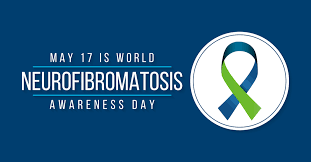
This content was created with the financial support of the Ministry of Health. The content of this document is the sole responsibility of the Croatian Alliance for Rare Diseases and under no circumstances can it be considered as reflecting the views of the Ministry of Health.
